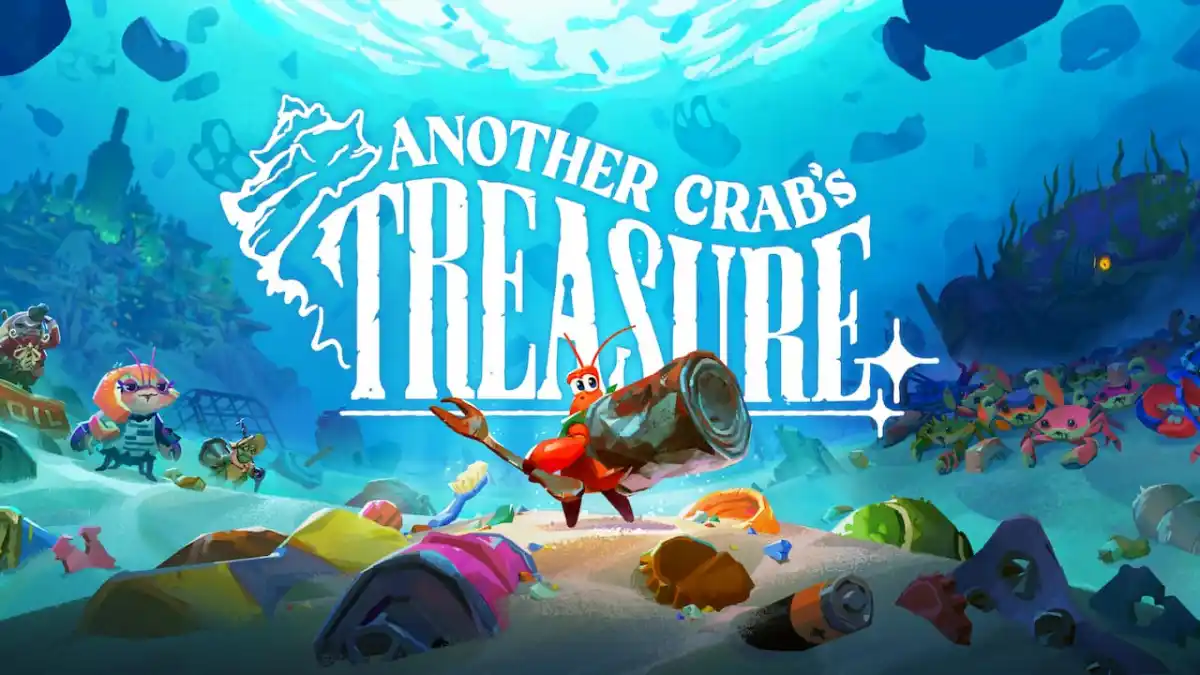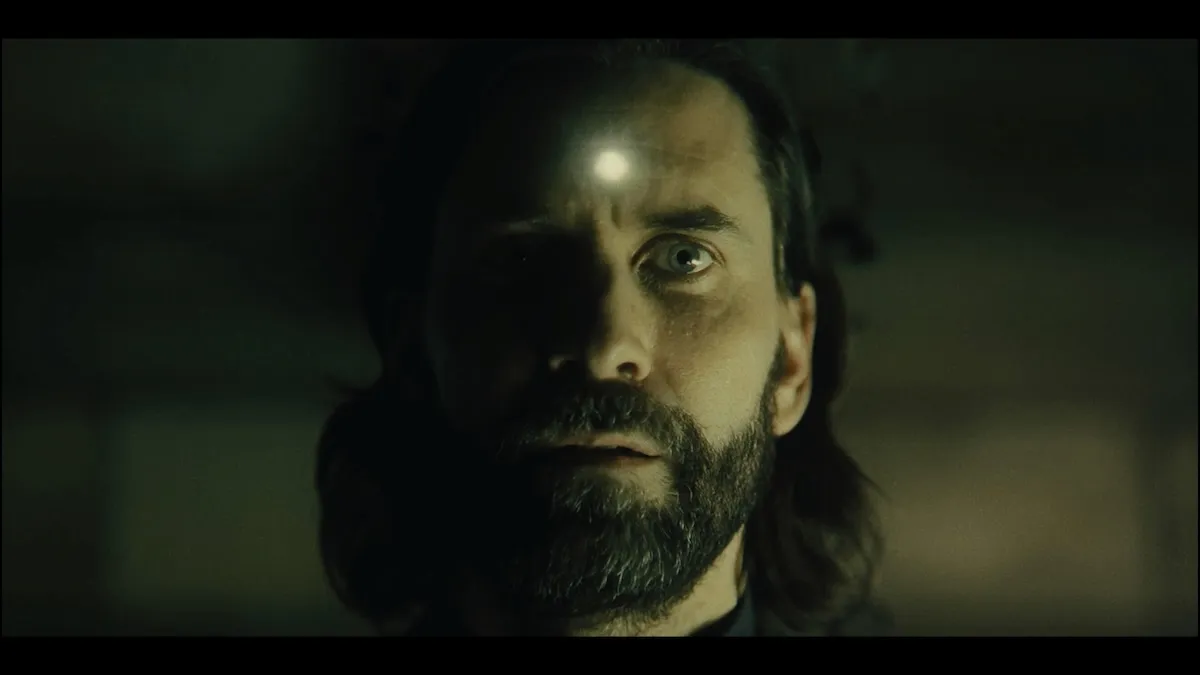[Editor’s Note: We’re not just a (rad) news site — we also publishopinions/editorials from our community & employees like this one, though be aware that it may not jive with the opinions of Destructoid as a whole, or how our moms raised us. Want to post your own article in response? Publish it now on our community blogs.]
We often speak of videogames in terms of the narratives they present. A game’s story is seen as a necessary extension of gameplay, like the heart that resides within the body and keeps it in motion. Games like BioShock are praised for the narratives they present, and without them, the games amount to little more than standard fare.
Then there’s Limbo, which is minimalistic and vague in its storytelling while simultaneously offering one of the best experiences of the year, and not just because of its puzzle-solving gameplay. You never really know where you’re going, what you’re doing, or who you’re sharing the world of Limbo with, and because of this some might be quick to label the game’s story as lacking or even poor.
Those people are, of course, missing the point. Limbo presents one of the most engaging and sophisticated stories in videogame history, and it does so without giving you a solid idea of what the hell you’re doing.
You maybe probably shouldn’t read this if you haven’t played the game and care about things like spoilers and things.
The strangest thing about Limbo is that, if you’re playing it having heard nothing whatsoever about it, you’ll truly have no clue what it is about. While press releases and game summaries reveal that Limbo is the story of a boy searching for his sister in Limbo, players don’t even see the sister until over halfway through the game.
Because of this, playing Limbo’s first couple of hours can feel like playing a game without a story, or even a casual game that has no intention of presenting a narrative whatsoever. Instead, it’s simply a series of challenges to overcome. At its most basic level, it contains only slightly more plot than Tetris, and that’s only because you get to see the person who you control.
Of course, one cannot stop at Limbo’s most basic level, as it’s not simply a puzzle game. Unlike Tetris, Limbo places the player within a darkened world of mystery and horror, where death is a constant threat from sources that the player cannot see or understand. The world and those things that surround the player at all times represent the true achievement of the game, placing it far above any puzzle-platformer in history.

The most striking aspect of the world is how it is populated, both in terms of its living and non-living inhabitants. Unimaginable horrors seem to be around every corner, becoming more intense as the boy traverses the world. The environment in places seems crafted simply to block the player’s progress; this wouldn’t be a surprise, as thousands of games have done this. They present challenges simply to challenge the player, to entertain him.
However, few games like this actively make you wonder about the nature of the challenges before you. For instance, early on in the game you see a pair of children much like yourself who are scampering around in front of you. Since they are the first people you encounter, the player is naturally curious. Soon, it becomes evident that those children are attempting to interfere with your progress. You see one operating a lever to complicate the path before you juts as they escape, never to been seen again.
What the fuck? Who are these two assholes?
Unlike other games with similarly minimalistic or absent storytelling, this is a question that I believe we are meant to ask about Limbo. Who is trying to impede our progress and why? Where did all of these oversized bear traps and saw blades come from?
Because of this, a sense of mystery pervades the world of Limbo, so much so that the game eventually feels like the unraveling of a mystery even though you don’t understand what that mystery is supposed to be. Answers are never provided; an attempt at this is never made.
The sheer brutality of Limbo’s world is another mystery that doesn’t appear to have an answer. This violence goes beyond the plentiful nasty deaths of the main character. Violence is built into the very world through which you travel, and violence is necessary simply to make paths to ensure your continued movement forward.
For instance, there’s a moment fairly early in the game where the player is walking across a wooden platform. Suddenly, the platform gives way, sending the player crashing down to the ground below. However, there’s another descent taken by a previously hidden body that drops only part of the way, his fall cut short by the noose tied around his neck.

This moment has no relevance to the gameplay, and the player isn’t even sure what happened. Was he dead all along, or did you cause his death simply because you were passing through? There’s really no way to be sure, and the game never answers that for you. But there is one thing you can be certain of: because of your progress, there’s now a body hanging by its neck in the middle of a forest.
Another instance of brutality lasts for about the first hour of the game, beginning the moment that the boy encounters the first living thing in the game: the spider. This huge, nasty thing chases after the player relentlessly, literally losing life and limb in the process. The player tears the spider apart in a variety of terrible ways before using its lifeless, limbless body to climb onto an overhang. There’s no dignity in death, it seems.
What’s so strange about this whole thing is that it begins rather innocuously. The boy approaches a tree with some strange branches, and if he gets too close, he learns that the tree is home to a very territorial giant spider with abnormally sharp appendages. If he backs away, the spider does not pursue; it essentially just comes down to a spider exercising self defense if the boy’s proximity seems to present a threat.
But the boy has to go on, no matter the cost. In this case, it’ll involve getting the spider the hell out of the way by cutting its limbs off with a bear trap. Totally acceptable, right? I mean, he has to get somewhere! Because sister!
When you really think about it, it’s strange, right? We’re quick to tear apart this creature in some seriously horrifying ways simply because we need to make progress, and this is before we even know why we’re doing it! I’m not sure if this was the creators’ intent, but this makes a pretty interesting statement about all of the mayhem we cause in games and how quick we are to acquiesce to those requests that require us to be brutal.
The world created by Limbo is one where violence and brutality are both expected and required, despite the fact that we’re playing as a boy that, for all we know, was perfectly innocent before we took control of him in that forest. Now, in this world full of danger and brutality, we have become dangerous and brutal, affecting the world around us in terrible ways.
All of this is story. It may not be storytelling or conventional narrative, but it is story. Plain and simple.

The story told by Limbo is not one of story arcs, protagonists and supporting characters, rising and falling action, or resolution. It is one that presents a series of breathtaking moments and asks the player to find the meaning in them. Is there meaning at all? I fully believe there is, and I believe the title is perhaps the only thing needed to point us in the right direction in terms of finding that meaning.
Wait, you want to know what meaning I think the game has? Dammit, I knew this was going to happen. Bear with me, and feel free to skip ahead if you’re more interested in doing your own ruminating.
Limbo as a concept naturally originates in religion and is especially prevalent in the Catholic Church, though its popularity and nature has changed multiple times throughout history. The term comes from the Latin word limbus, meaning “border” or “edge” (it was actually used often to describe clothing, as in the places where two pieces of cloth are joined. The English word “limb” is derived from limbus). It is a place for those who have not been damned to Hell but have not earned entrance into Heaven.
Especially noteworthy in this case is the concept of Limbo of Infants, which allows children who have not committed grievous sin to avoid hell, though they cannot enter Heaven due to original sin and their inability to understand sin itself. Since you play through the game as a child, it seems possible that the game has some connection to this concept. Is the boy dead, searching for salvation? Does he find it at the end of the game, being transported out of Limbo and into Heaven?
Symbolism supporting this idea can be found everywhere in the world of Limbo. Since it is essentially the edge of Hell, there’s no surprise that horror and brutality would spill over into Limbo. It’s not a place of constant torture; after all, you can get through the game without a single death if you want to. But treacherous terrain, monster spiders, and children hanging from nooses all seem to be indicative of a world close to Hell.
There are various parts in the game where your character is taken over by a worm that burrows into the boy’s head, causing you to stumble around idiotically, unable to change direction. The only way to turn around is to wander into bright light from above, which causes the worm to sizzle and crackle, turning away from the light to seek a safer path. In one moment, this even causes the boy to miss an opportunity to reach his sister; this comes at the first moment that you encounter her.

Good and evil, anyone? Let’s imagine that this worm represents evil, which is able to burrow itself into a person and essentially control them. It shies away from light, which can be considered to represent good, or even a brief glimpse of Heaven (after all, the light does always come from above). If we consider the worm to be sin, and the sister to be redemption, Heaven, or Jesus, then it makes sense that the boy cannot approach her when the worm has taken him over.
And, yes, it’s very possible that the sister is not a sister at all, but an escape from Limbo. After all, we’re never told why we’re seeking the sister. She never appears to be in any danger; she simply waits beneath a bright light next to a ladder leading upwards. Perhaps the sister represents that moment in which a child has overcome original sin in Limbo, which would allow the child to ascend to heaven. Of course, we never actually see the child ascend the ladder, so perhaps this represents only the hope that it is possible, or even worse, that it is not possible at all. Many Catholic writings suggest that Limbo is permanent. There is no departure, no matter what.
There’s another more direct possibility. Perhaps the boy is indeed searching for his sister in Limbo, as they have both died as children and ended up with neither a ticket to Heaven nor Hell. This journey then would simply tell the tale of a boy searching for companionship in a place that has no escape. The boy awakes at the beginning of the game lying flat in a forest, and he ends the game in a similar fashion before rising to meet his sister. As the screen fades to black, this could be a symbol of a denial of Heaven or Hell. After all, once you’ve picked apart that poor spider, how could he be admitted into Heaven? This hopeless interpretation is a stark contrast to the redemption found in my prior theory. The best part is that such hopelessness and redemption can be considered equally viable as interpretations.
Yeah, there’s a lot of hardcore conjecture and pretentious mental masturbation going on here. And that’s what I love about Limbo. It doesn’t answer questions. Hell, it doesn’t even ask them. What Limbo does is leave room open for players to ask and answer their own questions or simply ignore all meaning. They can play a game that is all about a boy solving some crazy puzzles in a black and white world. Or it can mean a myriad of other things, ranging from the simple “It’s about a boy looking for his sister” to “It’s a complex allegory for the death of a child and his journey toward salvation in the afterlife.” A quick trip around the Internets yielded a variety of other interpretations, ranging from a fall from a treehouse for the boy and his sister to a simple survival journey.
In my mind, Limbo is the first videogame that can either mean everything or nothing. That’s a true fucking achievement, and it will be an honest-to-god tragedy if this goes unrecognized because people weren’t willing to go beyond saying “I don’t know what Limbo was about.” Limbo does not offer the best storytelling in the history of videogames, but provides one of the best foundations for players to infer their own stories. There’s just something damn special about that.




